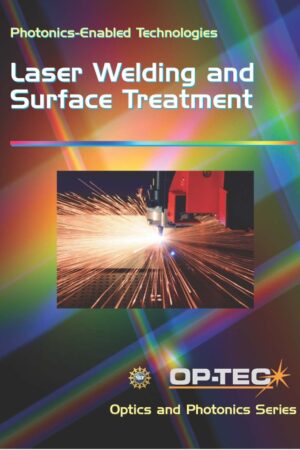
Module 1.5 Lasers
$0.00
This module is an in-depth explanation of lasers as they apply to the larger field of optics and photonics. Anyone going through this module should have already completed Modules 1.1-1.4 and have a good working knowledge of algebra, exponents, and logarithms. Lasers are devices that amplify or increase the intensity of light to produce a highly directional, high-intensity beam that typically has a very pure frequency or wavelength. They come in sizes ranging from approximately one-tenth the diameter of a human hair to that of a very large building. Lasers produce powers ranging from nanowatts to a billion trillion watts for very short bursts. They produce wavelengths or frequencies ranging from the microwave region and infrared to the visible, ultraviolet, vacuum ultraviolet, and into the soft-X-ray spectral regions. They generate the shortest bursts of light that man has yet produced, or approximately five million-billionths of a second. They are clearly devices of tremendous power with myriad applications.
Description
This module is an in-depth explanation of lasers as they apply to the larger field of optics and photonics. Anyone going through this module should have already completed Modules 1.1-1.4 and have a good working knowledge of algebra, exponents, and logarithms. Lasers are devices that amplify or increase the intensity of light to produce a highly directional, high-intensity beam that typically has a very pure frequency or wavelength. They come in sizes ranging from approximately one-tenth the diameter of a human hair to that of a very large building. Lasers produce powers ranging from nanowatts to a billion trillion watts for very short bursts. They produce wavelengths or frequencies ranging from the microwave region and infrared to the visible, ultraviolet, vacuum ultraviolet, and into the soft-X-ray spectral regions. They generate the shortest bursts of light that man has yet produced, or approximately five million-billionths of a second. They are clearly devices of tremendous power with myriad applications.
Audience: Educators, students
Level: College
Author: William T. Silfvast, School of Optics/CREOL, University of Central Florida, Orlando, Florida






